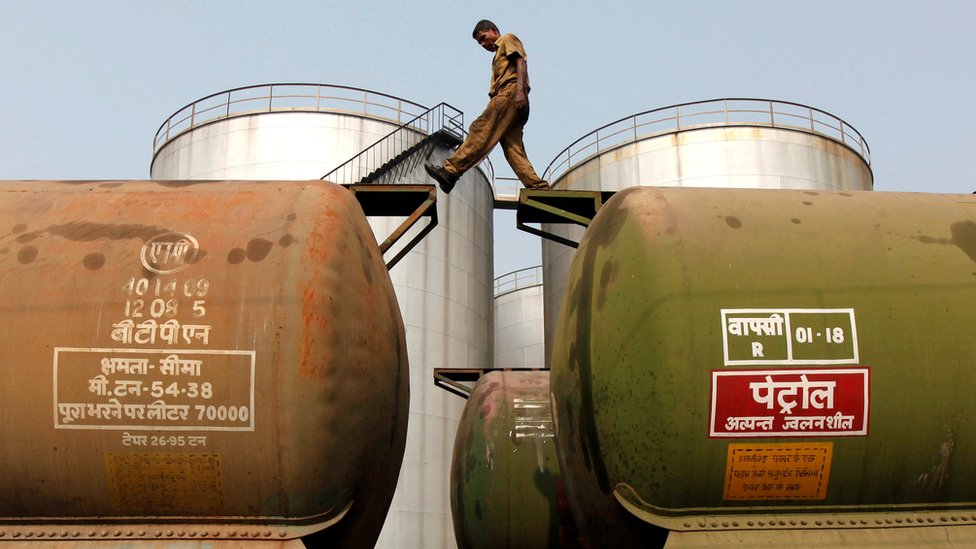India experienced a notable surge in its imports of Russian oil in April, reaching a nine-month peak.
This uptick followed the resumption of shipments via non-sanctioned vessels operated by Sovcomflot, Russia’s largest shipping company, according to Reuters report on data from tanker sources in the shipping and trade sectors.
Earlier, Indian refiners had briefly halted the import of Russian oil on Sovcomflot vessels, responding to Washington’s designation of these ships, along with 14 tankers, as violators of Western sanctions in February.
These sanctions have been imposed in response to Russia/Ukraine conflict, aiming to curtail Moscow’s oil revenue used to finance the conflict.
India, ranking third globally in oil imports and consumption, stands as the foremost customer for Russian seaborne oil.
In April, marking the onset of the fiscal year 2024/25, Indian refiners brought in nearly 1.8 million barrels per day (bpd) of Russian oil, marking an increase of approximately 8.2 per cent compared to the previous month.
This expansion elevated Russia’s share in India’s oil imports to around 38 per cent, up from 32 per cent in the prior month.
Despite the overall decline in India’s oil imports to 4.8 million bpd in April, a 6.5 per cent decrease from the previous month but slightly higher than April 2023, Russia maintained its position as India’s primary oil supplier, followed by Iraq and Saudi Arabia. However, heightened purchases of Russian oil impacted Indian refiners’ overall procurement of Iraqi and Saudi Arabian oil, leading to a reduction in the share of Middle Eastern oil from 46 per cent in March to 41 per cent in April, according to data analysis.
With decreased imports from the Middle East, India’s crude basket saw a decline in the Organisation of the Petroleum Exporting Countries’ (OPEC+) share to 46 per cent in April from 53 per cent in March. Furthermore, the surge in Russian oil imports contributed to an increased share of oil from the Commonwealth of Independent States, encompassing Kazakhstan, Azerbaijan, and Russia, which rose to 41 per cent in April from 37 per cent in March.


